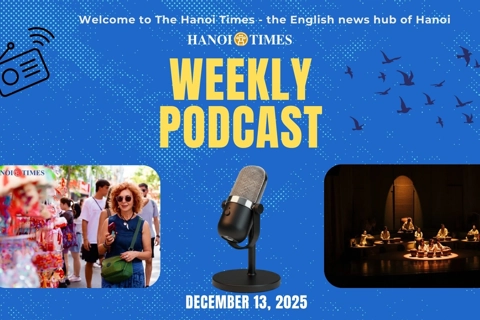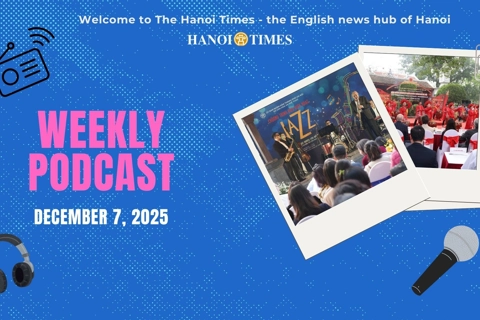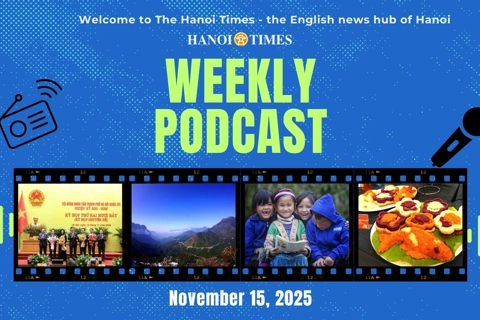Tech-driven innovation reenergizes youth-focused journalism
Newsrooms in Vietnam are transforming to engage youth, driven by technology and the creative energy of a new generation of reporters.
THE HANOI TIMES — Vietnamese journalism is undergoing a dynamic transformation to adapt to the evolving information consumption of the public, especially younger audiences.
From traditional print newspapers to multimedia newsrooms, the new breed of passionate, creative, and technologically savvy young journalists is reshaping the industry.

Technologically savvy young journalists is reshaping the industry. Photo: Benjamin Wede Meyer/Unsplash
Adapt to connect with youngsters
The shift in the way the public, especially Gen Z and millennials, consumes information has compelled newsrooms to adapt at speed. Phan Van Tu, a lecturer at the Faculty of Journalism and Communication at the University of Social Sciences and Humanities in Ho Chi Minh City, said that the growing social media presence of some major newspapers has successfully engaged young people.
Such outlets can also optimize each platform's accurate, diverse, and latest content. News service providers also promote spaces for young people to voice their opinions, strengthening their bonds with them.
The Kinh Te & Do Thi (Economic and Urban) Newspaper is an example. Originally a print newspaper under the Hanoi People's Committee, it quickly expanded to a digital platform (kinhtedothi.vn) and established channels on YouTube, Facebook, Zalo, TikTok, and X. To attract younger readers, the newspaper unveiled a converged newsroom and robust digital ecosystem in October 2024, integrating print, online, and social media platforms to deliver more dynamic content.
Currently, it runs nine publications, including three print and six digital editions, covering business, urban issues, culture, and lifestyle. Its reporters are trained in video production, photography, and digital content creation.
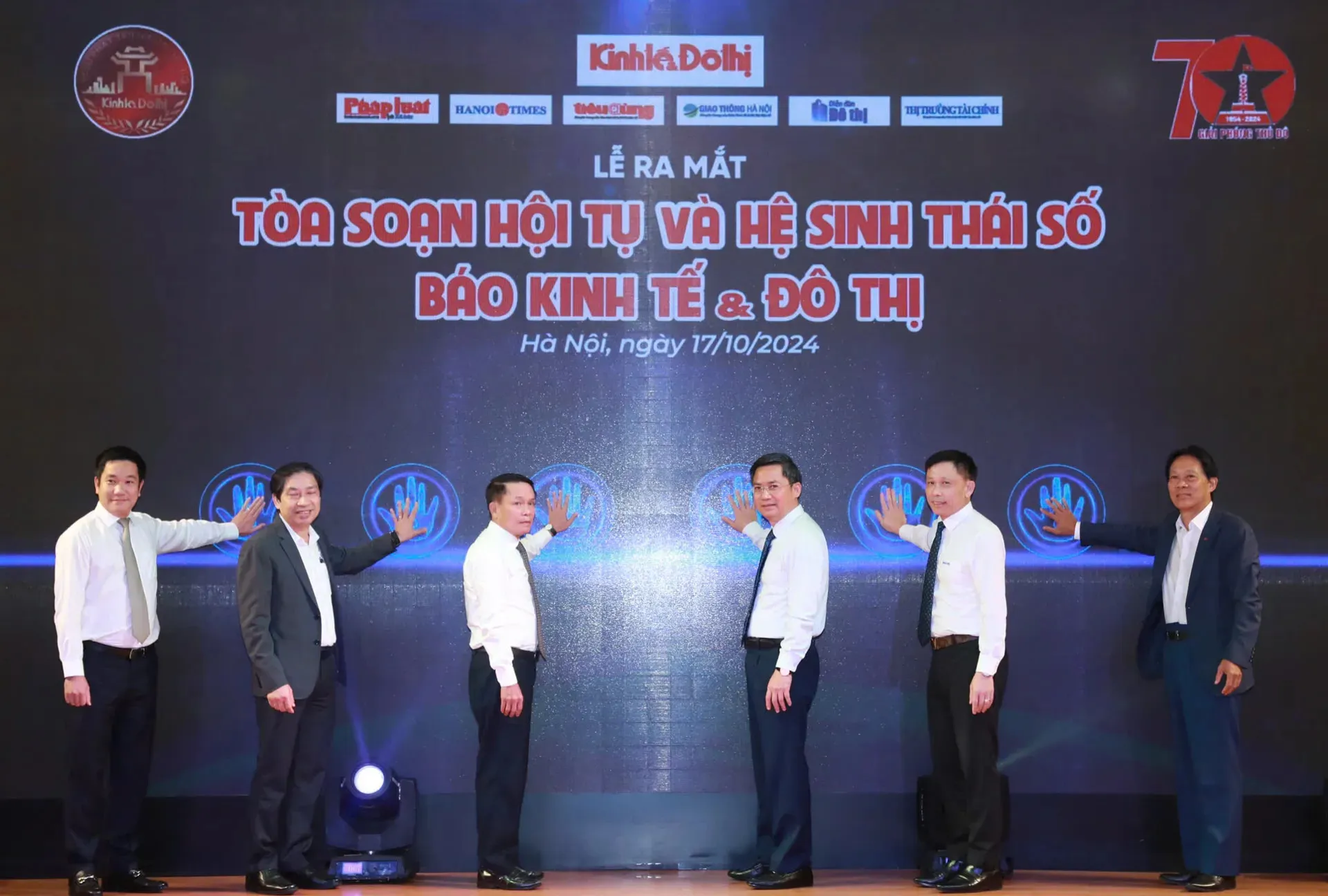
Inauguration of the converged newsroom and digital ecosystem of Kinh Te & Do Thi Newspaper in October 2024. Photo: Kinh Te & Do Thi Newspaper
Additionally, the newspaper has actively hosted a series of events, such as the Kinh Te & Do Thi Pickleball Tournament 2025 and the Hanoi Environmental Writing Contest 2024, to forge bonds with the new generations of audience.
Catalyst for renewal
Today's requirements demand multimedia journalism, which combines print, digital, video, and podcasts, among others.
Pham Hieu, Editor-in-chief of VnExpress online newspaper, said that technology helps newsrooms understand readers' preferences through data analytics, tracking “touchpoints” to see how far readers engage with articles.
Meanwhile, Nguoi Lao Dong (Laborer) Newspaper has turned to AI to enhance the reader experience and attract a younger audience. Le Cuong, Deputy Editor-in-chief of the newspaper, noted that AI diversifies content presentation, supports interactive podcast scripts, and optimizes mobile interfaces. Today, around 40%-60% of Nguoi Lao Dong's staff are trained to use AI tools effectively.
In this regard, young journalists like Tran Tuan Anh and Mai Anh Thu, adept at technology, are at the forefront of integrating modern tools into their work.
"My interview with singer Hoa Minzy about Bac Bling, an Internet chart-topper that racked up over 100 million views on YouTube, shows the power of multiplatform content," Mai Anh Thu, a news anchor and reporter at Nhan Dan TV, told The Hanoi Times. "Publishing an e-magazine with social media videos usually receives strong feedback from young people."
Thu also stressed the need for creative storytelling, technological skills, and reporters' critical thinking on navigating the deluge of information.

Tran Tuan Anh, a writer for the online newspaper VietNamNet, cited technology as a way to increase flexibility and allow journalists to deliver diverse content in real time, in line with audience demands. "Editing software allows me to embed photos, videos, and GIFs, which make international news more appealing to young people," he said.
New ways, new responsibilities
Opportunities always come with significant challenges. The rise of social media, with platforms like TikTok and Facebook attracting young audiences with their fast, flashy, and snappy content, often outpaces traditional newsrooms in delivering information. But this speed comes at the expense of accuracy, which can flood readers' feeds with fake news and distorted narratives.
Such competitive pressures sometimes push young journalists towards sensationalism, which risks ethical compromises as the race for attention on fast-paced social media platforms intensifies. The lure of viral content and "clickbait" headlines can tempt reporters to prioritize views over accuracy, especially when competing with unverified social media posts.
To meet this challenge, Nguyen Duc Loi, Vice Chairman of the Vietnam Journalists Association (VJA), said regulators need to enable the mainstream media to compete effectively with the misinformation proliferating on social media. He advocates greater cooperation between government agencies and newsrooms to ensure that accurate information reaches the public first, strengthening trust in credible sources.
Loi also underlined the importance of training young journalists to navigate digital platforms while maintaining ethical standards, so that they can counter false narratives with verified, compelling content.
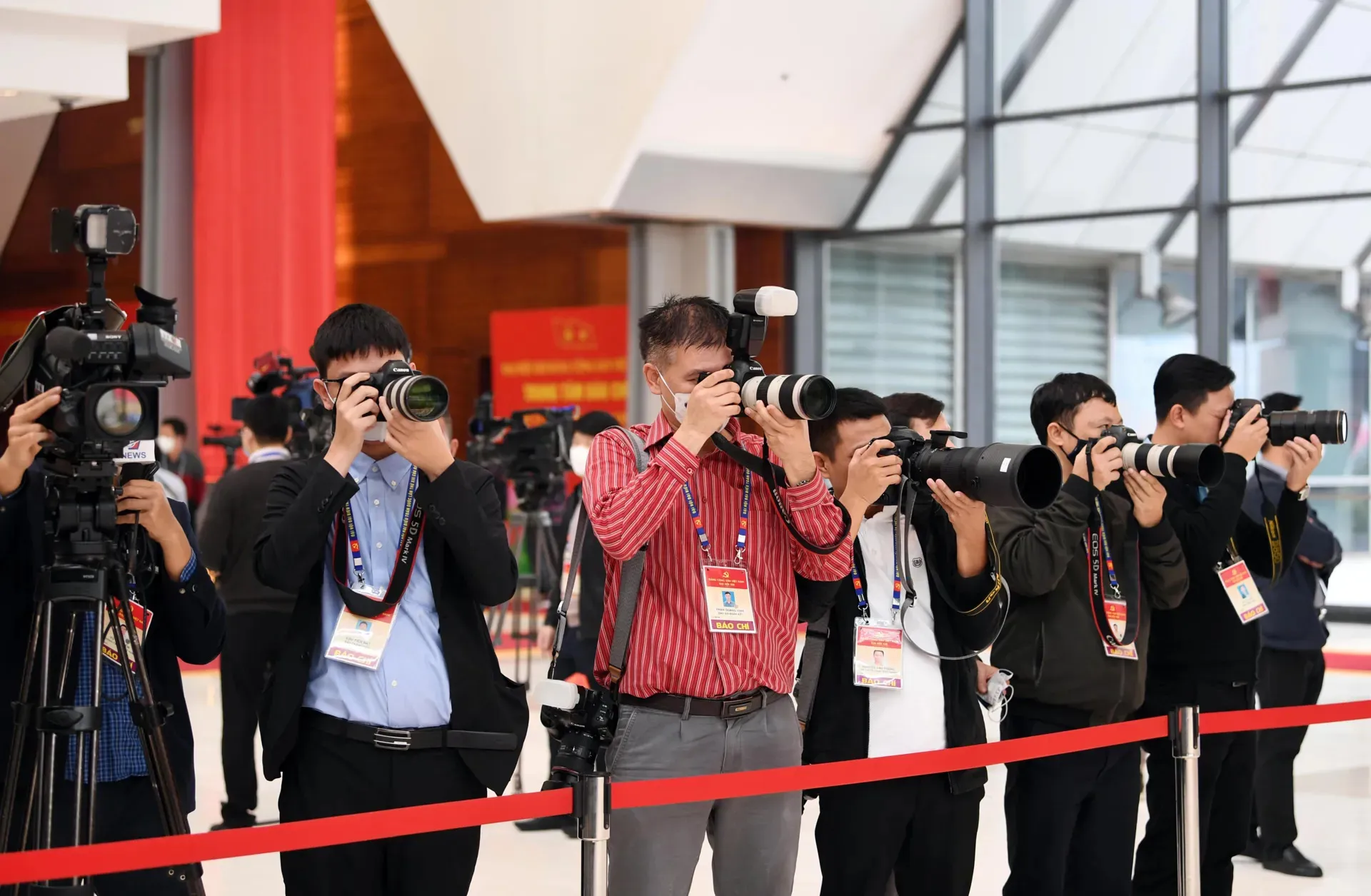
Echoing these ideas, Le Quoc Minh, Editor-in-chief of Nhan Dan Newspaper, stressed the need for young journalists to maintain professionalism and harness technology to produce compelling, inspiring, and ethically sound content. He urged the cultivation of a dynamic, tech-savvy generation of reporters capable of matching the reach of social media.
In an era where information is power, young journalists will be at the forefront of spreading the spirit of journalistic integrity to all walks of life. Therefore, the evolution of news reporting is not only about technology or content, but also about the commitment of young journalists to dignified service to society.




